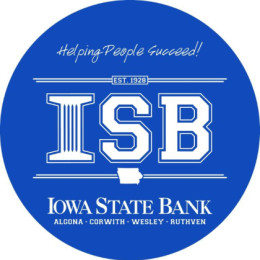
Whether it is Venmo, PayPal or Apple Pay, peer-to-peer payment apps have quickly risen in popularity over the last few years. While they create convenience for consumers, they also create a new target for fraudsters. And because payment apps do not have the same consumer protection as bank accounts, such as FDIC insurance, money stolen through a payment app cannot be recovered.
There are many precautions consumers can take to protect their payment app accounts from fraud, but using one will always come with risks. The following is one consumer's account of fraud he experience on a popular payment app and how he responded:
Case Study: Payment App Fraud
Paul woke up one morning to learn he had received a strange email written ina foreign language overnight from a popular peer-to-peer payment app. Curious, he copied the text of an email and pasted it into an online translator to learn that it was a message informing him that the address on his account had been changed.
Paul rarely used this payment app and hadn't updated the password since creating it and connecting it to his bank checking account. While it would have been easy to shrug off the bizarre email as a phishing attempt, he decided to check his payment app account to make sure everything looked normal. After logging in, he learned that his address had in fact been changed. Not only that, the name on his account had been updated. There was also a pending $1,000 transfer out of his checking account.
He quickly contacted the app's customer service and his bank to alert both parties of the attempted fraud. Working with both entities, he was able to make sure his account was protected and that no money was lost. As soon as the transaction was completed, he transferred the funds back to his bank account and updated the security on his payment app account. He then removed his bank card from his payment app account to ensure no one could gain access to it in the future.
How to Protect Your Payment App from Fraud
Paul responded to the attempted fraud on his payment app account quickly and was able to prevent any money from being lost, but that isn't alwasy the case. There are many measures he could have taken to protect his account and make sure it didn't happen in the first place. The following tips can help prevent your payment app account from fraud.
- Never connect your payment app to your bank debit card; use credit cards instead as they have more fraud protection.
- Update your password regularly to ensure cybercriminals cannot access your account.
- Use two-factor authentication for an extra layer of protection.
- Check your account regularly for suspicious activity.
- Contact your bank and the app's customer service if you notice anything suspicious.
To learn more about protecting your financial account and using payment apps safely, contact your bank. This information is provided on behalf of Iowa State Bank and the Iowa Bankers Association.
Consumer Tips Cybersecurity Fraud Prevention General
April 4, 2022 by Iowa State Bank









